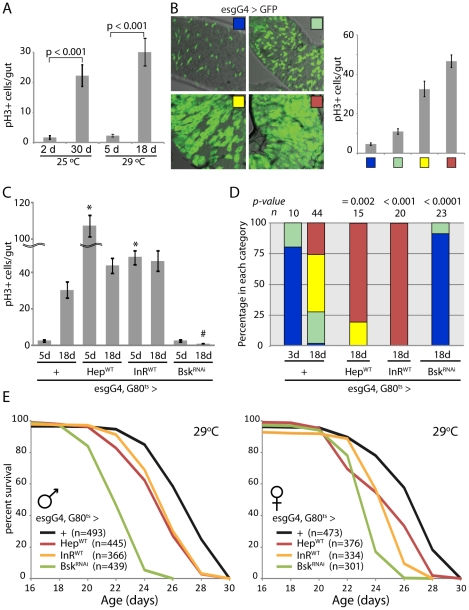Figure 1. Intestinal homeostasis and tissue regeneration is critical for normal lifespan.
A. Age-related increase in the frequency of pH3+ cells in the aging intestine of wild-type flies (Average and SEM is shown). ISC over-proliferation is accelerated at higher temperature (29°C). Intestines were dissected at the indicated age and phosphorylated Histone H3 was detected by immunohistochemistry. B. The size of GFP+ cell clusters can be used to evaluate dysplasia in esgGal4, UAS-GFP flies (see also Text S1). The 4 categories defined visually in the panels on the left correlate with the frequency of pH3+ cells in the gut (right). C. Activation of JNK and IIS pathways in ISC (esg>Hep and esg>inR respectively) induces over-proliferation as early as 5 days, while inhibition of JNK (esg>BskRNAi) prevents tissue regeneration as shown by much reduced frequency of pH3+ cells. The TARGET system was used to prevent developmental effects of esg-driven transgenes expression (Genotypes: w 1118;esgGal4,UAS-GFP/+;tubGal80ts, w 1118;esgGal4,UAS-GFP/UAS-HepWT;tG80ts, w 1118;esgGal4,UAS-GFP/UAS-InRWT;tG80ts, and w 1118;esgGal4,UAS-GFP/UAS-BskRNAi;tG80ts). Flies were reared at 18°C and then aged at 29°C to restrict expression of transgenes to adulthood. Averages and SEM are shown. * p<0.001 compared to Control at 5 days; # p<0.001 compared to Control at 18 days using Student's t-test. D. Intestinal dysplasia in the flies described above was monitored using the method described in Figure 1B (see also Text S1) after 18 days. Activation of JNK and IIS pathways causes accelerated dysplasia, reduction of JNK signaling leads to a complete prevention of tissue regeneration. p-value from Pearson XiSquare test. E. Flies with impaired intestinal homeostasis and tissue regeneration are short-lived. The mortality of the flies described above was recorded at 29°C. Detailed lifespan analysis is shown in Table S1.

